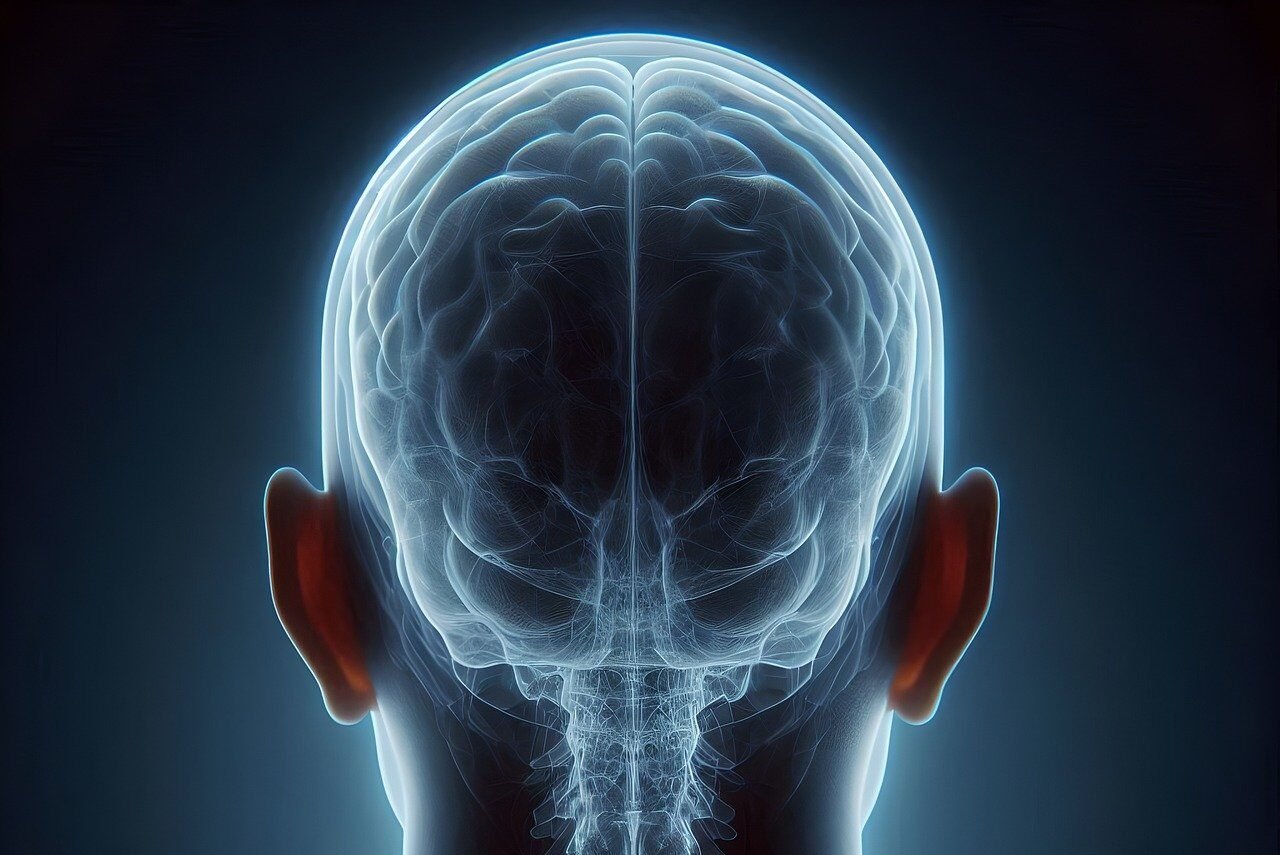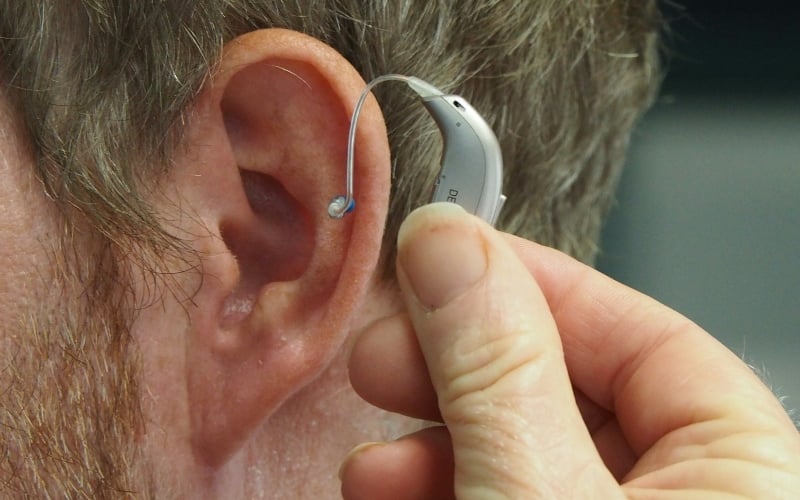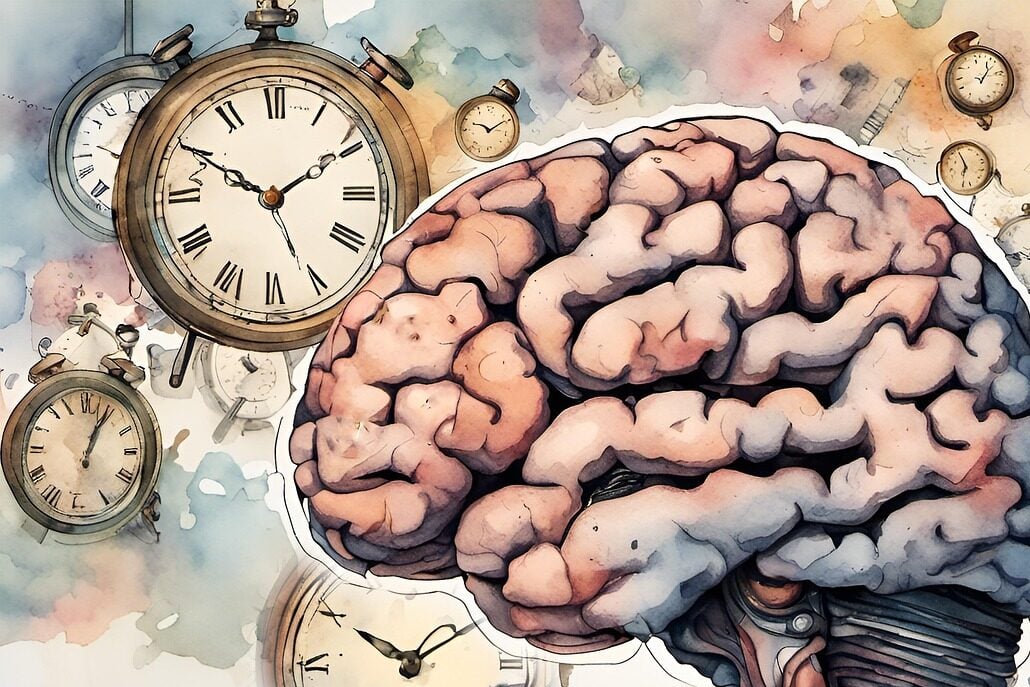This article was developed via a partnership with BetterHelp.
In therapy sessions, the goal is to discover and implement new ways of coping with the difficulties and behaviors that emerge on a daily basis. Various mental health issues can be helped by this therapy, including depression, anxiety, and bipolar disorder.

The average number of one-on-one CBT sessions is between five and twenty, however some patients may require more. It’s also possible to do it in a group setting.
Please continue reading to discover more about Cognitive Behavioral Therapy.
What is CBT?
A therapeutic strategy known as cognitive behavioral therapy (CBT) aims to assist patients in identifying and altering harmful thought and behavior patterns.
The goal of face to face and online therapy CBT is to assist you in identifying and exploring the ways in which your emotions and thoughts influence your behavior. Once you’ve identified these tendencies, you can work on altering your habits and finding new ways to cope.
Behavior therapy is based less on the past and more on the present. There are some conditions in which other types of treatment are just as useful, if not more so. The important thing to remember is that no two people are the same.
Techniques in Cognitive Behavioral Therapy
Reworking these patterns isn’t an easy task. CBT employs a wide range of approaches. They will help you identify the ones that work best for you with their guidance.
The following is a typical course of treatment:
- understanding the dangers of illogical thinking
- tackling problems in a new way
- increasing self-assurance and a greater grasp on what you’re worth
- mastering the ability to deal with fear and obstacles
- dealing with stressful situations through the use of role-playing and relaxation techniques
These strategies aim to replace negative or self-defeating thoughts with more positive and practical ones.
Things to bear in mind
There are benefits to Cognitive Behavioral Therapy. However, there are also some things to consider if you want to give it a shot.
It is not a remedy.
Therapy can help alleviate your problems, but it won’t cure them completely. Even after therapy has ended, problems with mental health and emotional suffering may continue.
It is the purpose of Cognitive Behavioral Therapy (CBT) to help you develop the ability to cope with life’s challenges on your own as they arise. It’s possible that some people see it as a training ground for self-treatment.
Time is required to see results.
One CBT session a week is the norm, but it might continue for weeks or months. You and your clinician will probably discuss how long therapy will last in your first couple of sessions.
However, you’ll have to wait a while before you see any benefits. Even if you think treatment isn’t working after several sessions, give it some time. In between sessions, continue to do your homework and practice your techniques . Go gentle on yourself because reversing long-standing habits requires a lot of effort.
It can be difficult at times.
Therapy can be emotionally draining. It’s a good idea, but it may be a long and arduous process. Things that are difficult or distressing will have to be discussed. Don’t panic if you burst into tears during a therapy session; this is a common occurrence.
Among the countless choices, this is just one.
Not everyone benefits from cognitive behavioral therapy (CBT), though. Do not be disheartened if, after a few sessions, you do not observe any progress. Consult with your therapist on a regular basis.
Therapists can help you understand when a particular strategy isn’t working. Aside from their suggestions, these professionals are typically able to provide additional suggestions that may be more beneficial.

Photo Credit: Shutterstock
The post How Cognitive Behavioral Therapy Works and What To Expect appeared first on The Good Men Project.
Original Article










